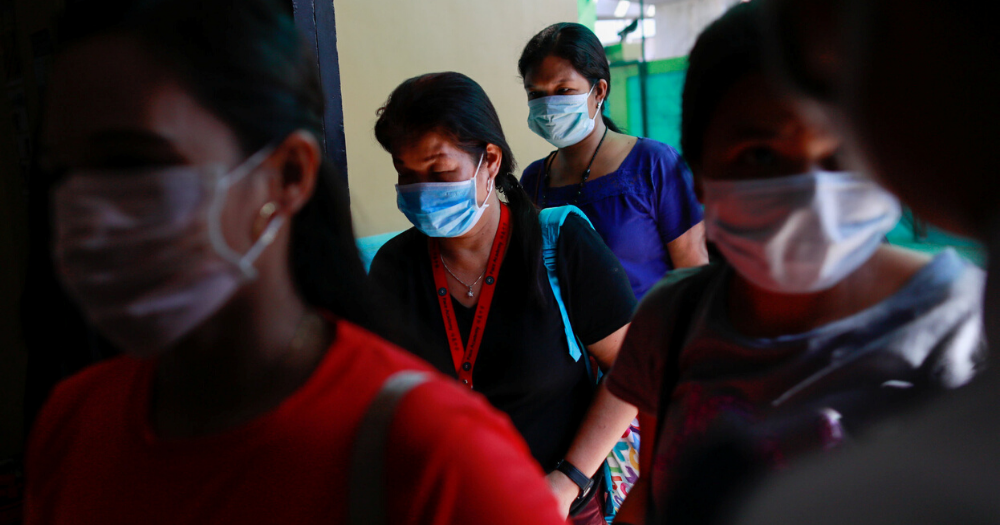The Philippines announced in a press release on Tuesday, Jan. 28 that it has temporarily suspended its issuance of visas upon arrival to Chinese nationals.
This comes following concerns regarding the spread of the novel coronavirus, which originated in Wuhan, China, which has infected more than 4,500 people and killed 106 people.
Meant to slow down influx of tour groups
Philippine Bureau of Immigration (BI) Commissioner Jaime Morente announced that all direct flights to the Philippines from "Wuhan province" had already been suspended, and that suspending visas upon arrival for Chinese nationals was meant to "slow down the influx of group tours".
Morente clarified, though, that there is no order barring Chinese nationals from entering the country.
The visa upon arrival program for Chinese nationals was launched in 2017 to boost tourism and investment in the Philipppines, according to ASEAN Briefing.
It was open to accredited tour groups, businessmen, athletes, and delegates to conventions.
According to Chinese state-run press agency Xinhua News Agency, a Philippines tourism official had said on Dec. 20, 2019 that the Philippines had hoped to attract four million incoming Chinese tourists per year by the end of 2022.
They planned to do this by lowering barriers to entry for Chinese tourists and increasing the number of direct flights from China to different destinations in the Philippines.
The Philippine Department of Tourism reported that 1,499,524 Chinese tourists visited the Philippines in the first 10 months of 2019, a 41 per cent increase from the same period in 2018.
No confirmed cases in the Philippines yet
There are no confirmed cases of the coronavirus in the Philippines yet, although health authorities are monitoring more than 11 suspected cases, the New York Times reported.
There are multiple confirmed cases outside of China such as in Thailand, Australia, Japan, U.S., and even Ivory Coast, and Germany confirmed its first case on Jan. 27.
You can track the spread of the virus using this website designed by researchers at Johns Hopkins University to visualise the data.
Top image via Reuters/Eloisa Lopez.
If you like what you read, follow us on Facebook, Instagram, Twitter and Telegram to get the latest updates.
